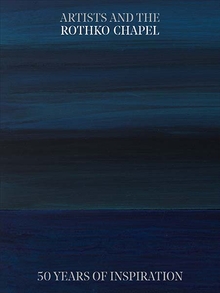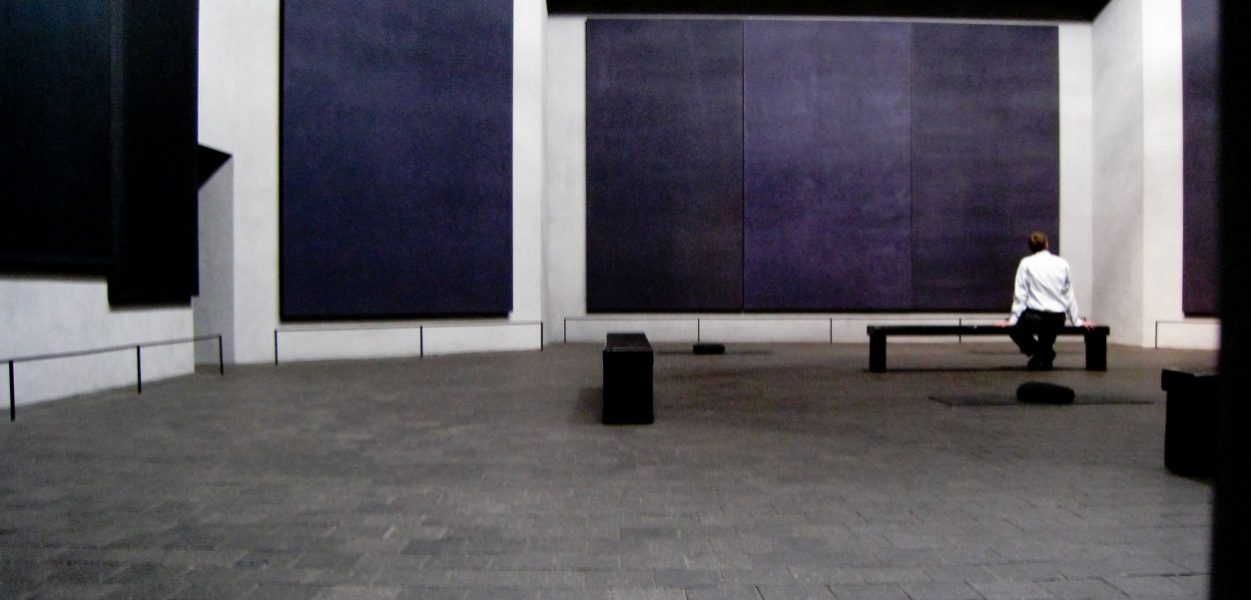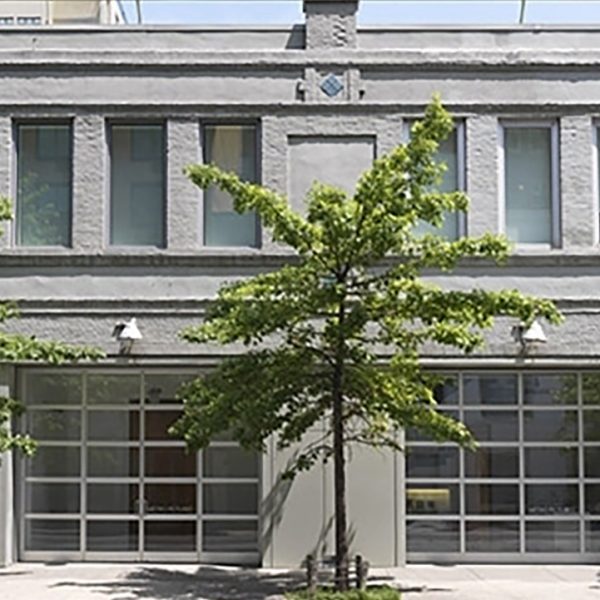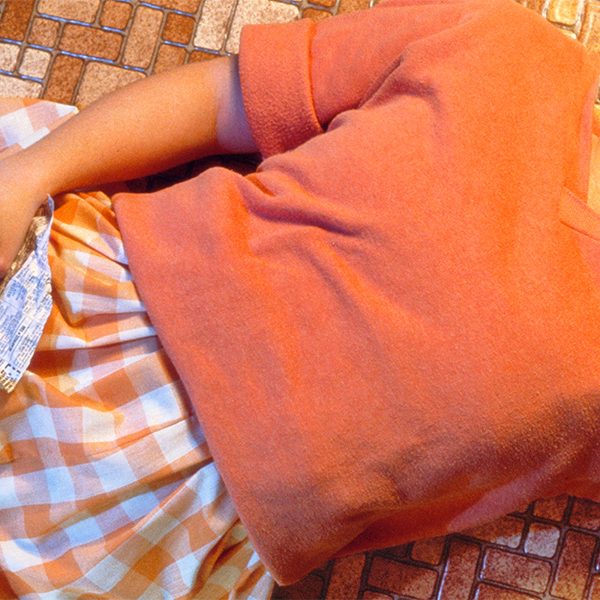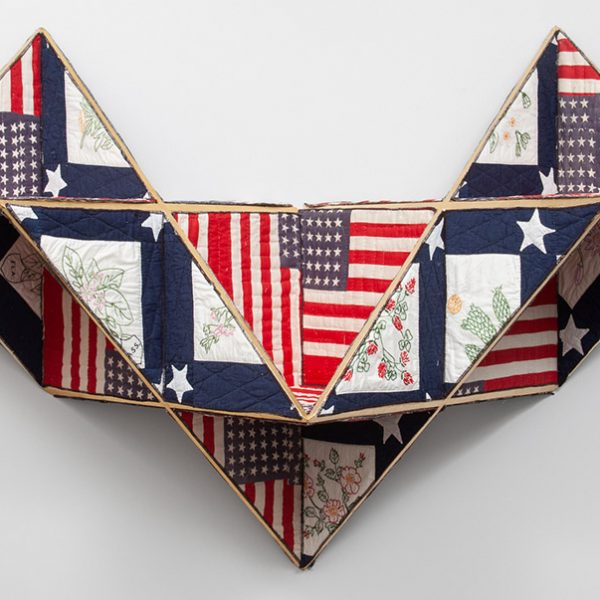Artists and the Rothko Chapel: 50 Years of Inspiration
Frauke V. Josenhans—
The Rothko Chapel is a place of pilgrimage: artists and art lovers are drawn by the cycle of 14 paintings that Mark Rothko created specifically for the site; religious people are seeking out its spiritual meaning and participate in interfaith events that echo beliefs from various cultures; activists pay homage to the powerful sculpture outside the Chapel, Barnett Newman’s Broken Obelisk dedicated to Reverend Dr. Martin Luther King, Jr. or attend the meaningful Óscar Romero ceremony that recognizes leaders that fight for social justice and human rights. Whatever one comes to find, the Rothko Chapel is a timeless place where art and spirituality are deeply intermingled. And yet it all started with a tragic loss, and the will to create a space of worship, where one would find serenity in the presence of art.
The Chapel’s founders, the French art patrons Dominique and John de Menil, were of Catholic faith. Dominique was raised Protestant, and John grew up in a Catholic family. Shortly after their marriage, as the couple became more and more engaged with religion, Dominique converted to Catholicism. Early on, many of their projects were invested with a deep spiritual engagement. In 1964, as they were well-established in Houston, their life was upset by the loss of a close friend, the art historian and curator Jermayne (Jerry) MacAgy. They turned to one of the foremost representatives of Color Field painting, Mark Rothko, to commission a cycle of paintings for a chapel they wanted to erect in honor of their friend in Houston. Rothko was of Jewish faith, albeit nonpracticing. What triggered his interest in the project was to create an immersive work of art where the architecture would enhance his paintings, and not the other way around, as it had been the case with previous commissions that had left the artist frustrated. Although Philip Johnson had been commissioned by the de Menils to work on the architecture, his ideas clashed with Rothko’s vision, so he withdrew from the project. Rothko’s concept largely shaped the architecture of the space. He had wished for an octagonal shape that echoed early Byzantine churches, which, de facto, created a unified, non-hierarchized space. Similarly, he had been deeply moved by the Mosaic of the Last Judgement over the altar of the Byzantine Church of Santa Maria Assunta in Torcello, near Venice, and had the ambition of recreating a similar tension of “tragedy and hope” in his Chapel paintings.
The Chapel was first planned as a Catholic place of worship, affiliated with the nearby University of St. Thomas, where the de Menils had become important patrons for education and the arts. But over the course of its conception, it became a non-denominational space, open to all religions and faiths. The fourteen large paintings that Rothko conceived are executed in a dark palette with chromatic variations between them. Three triptychs evoke Christian altar pieces through the juxtaposed panels; and yet through the absence of apparent form and narrative they repulse all dogmatic meaning. Together, they create a cohesive, and deeply immersive environment. As Dominique de Menil said in her inaugural address: “They are intimate and timeless. They embrace us without enclosing us. Their dark surfaces do not stop the gaze. . . . We can gaze right through these purplish browns, gaze into the infinite.”
Today the Chapel remains a spiritual haven, a space for a global community, and a reminder of what one vision can achieve. Facing the Chapel, Newman’s Broken Obelisk evokes Martin Luther King, Jr. and his fight for social justice, nourished by spirituality, which deeply resonated with John and Dominique de Menil and they chose to erect this symbol despite facing criticism and obstruction at the time. Over the last fifty years the Rothko Chapel has welcomed various political and religious leaders that embody the values the space stands for: from the Dalai Lama, to Nelson Mandela, and has highlighted traditions from various places, such as the Tibetan monks with their throat singing, or the Mevlevi dervishes, or “whirling dervishes,” with their ceremonial dancing. Similarly, the Chapel remains a space that artists seek out: from Brice Marden, David Novros, Sam Gilliam, Sheila Hicks, Shirazeh Houshiary, to Byron Kim, artists continue to be drawn to the Chapel to experience the space and the abstract paintings. Both the Chapel and Broken Obelisk remain as a legacy of the de Menils to Houston and to the world, and their intemporal presence remains a powerful reminder of how art inspires but also encourages us to reflect and take action.
Frauke V. Josenhans is curator at the Moody Center for the Arts, Rice University.
Further Reading:
